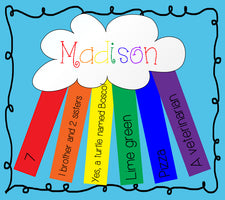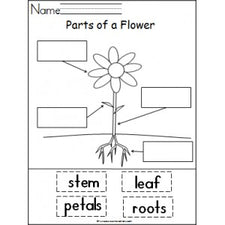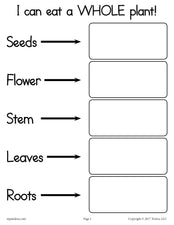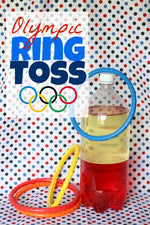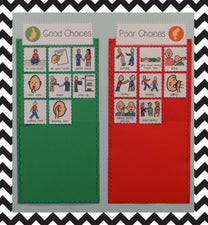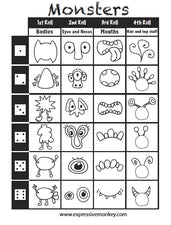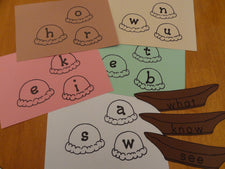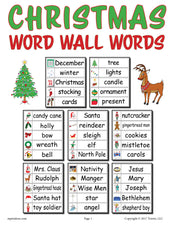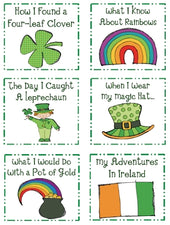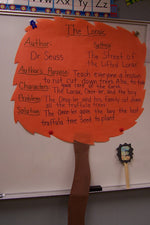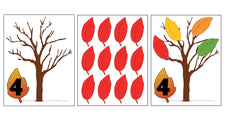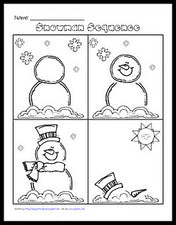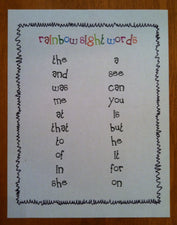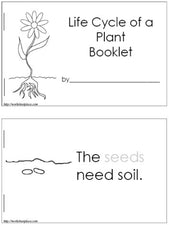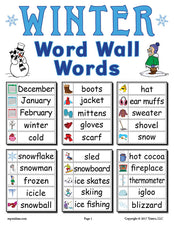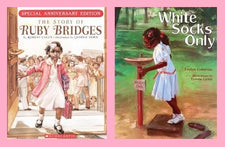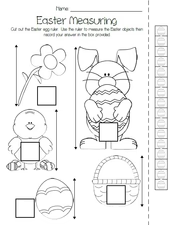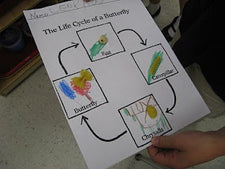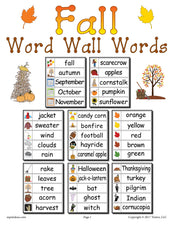We’re Going On An Archeological Dig

Looking for a fun, hands on science lesson for your kindergartners? Try going on an archeological dig! Here are two fun adventures your students are sure to love!
Ice Treasure
Whether you're trying to cool off during the warm summer months or just attempting to bring a little of "winter" indoors, digging for ice treasure is a blast! Amy Anderson of Let's Explore offers a great tutorial on creating individual ice stations for excavation - including freezing tips, container suggestions, and much more! Consider choosing a theme or topic for your dig and, armed with treasure-excavating tools (i.e. salt, spray bottles & droppers with warm water, toothbrushes, etc.), let your students loose to uncover and discover!
Treasure in the Dirt
Dirt and treasure are two of every child's favorite things! Whether indoors or outdoors, summer or winter, your students are sure to have a blast digging for buried treasure - just make sure you have the proper cleaning supplies on hand for post-excavation clean-up! Abbie, creator of the blog Greening Sam and Avery, shares her experiences in using flower pots and potting soil for this wonderful sensory (scientific!) activity. Again, choose a theme for your archeological dig, provide the proper tools (i.e. scoops, shovels, spoons, rakes, etc.), and let the fun begin!
Student Roles
While these exercises can be used for undirected exploration, it can also be fun to take advantage of the opportunity for directed learning - using "official" terminology and teamwork. Once the "dig sites" have been prepared (whether ice or dirt), divide students into teams of three and assign each team a formal excavation location as well as individual roles.
- Recorder. Provide this student with a picture checklist of all the items rumored to be hidden at their excavation site. As the team uncovers each object, have the team recorder check it off their list.
- Tool Specialist. Provide this student with a picture checklist of the various tools their team will be given to use in the excavation of their dig site. Have the tool specialist take inventory of the tools when they reach their assigned site and again after the dig to make sure every tool is accounted for and in its proper place.
- Treasure Preserver. Provide this student with sample bags and picture labels that match the items on the recorder's picture checklist. As the team unearths each piece of treasure, have the treasure preserver place the item in a bag and tape on the proper picture label for further examination after the dig.
Along with these "official" roles, all team members will help to unearth the treasure! After the dig, have each team bring their "samples" back to the classroom for discussion.
Discussion points you might consider...
- Have students describe the digging conditions (i.e. was the soil easy to sift through or was it hard and compacted, did it get easier to unearth the ice treasure as time went along or stay about the same, etc.)
- Have students discuss the tools used (i.e. were some more effective than others, is there a tool that was not made available that would have done the job better, etc.)
- Have students discuss the treasure found (i.e. did the transparent quality of the ice make it easier to find the objects, did the size of the object make it easier/harder to find, etc.)
Whether excavating ice or dirt, your students are sure to have a blast with this exercise! Not only that, they'll strengthen counting skills, learn how to make observations and keep accurate records, practice labeling, learn to work with others, build problem solving skills, and much more!
